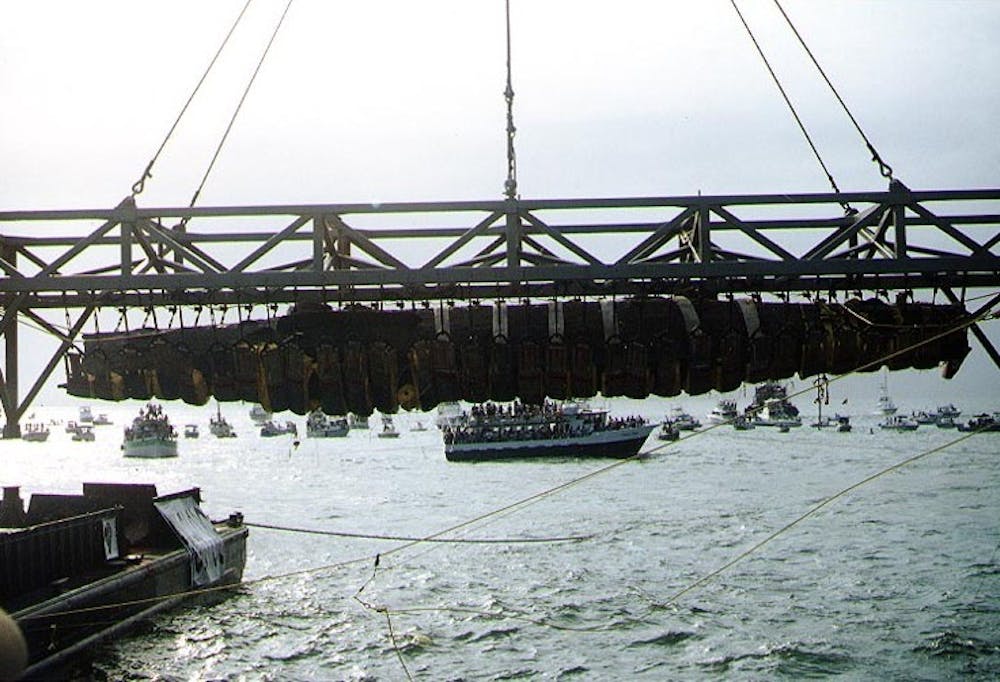Until 1995, the mystery surrounding the crew of the H. L. Hunley, the first submarine to sink a ship in combat, remained unsolved.
The Hunley only went on one mission during the Civil War: on Feb. 17, 1864. During that campaign it successfully hit and sank the 1,200-ton USS Housatonic, a Union warship, in under five minutes.
While it was known that five of the Union soldiers died and the rest survived on lifeboats, just what happened to the Confederates on the submarine remained unknown.
In 2000, the submarine was raised from the sea, just 300 meters from the location of the sunken Housatonic. It remainsunder investigation by a group of Clemson University scientists. To their surprise, the Confederates’ skeletons were seemingly frozen at the stations they had once manned.
The skeletons and the submarine were found in almost perfect condition as there were no broken bones and no structural damage to the vessel except for a hole in a conning tower and a broken window.
After a thorough study at Duke University, Rachel Lance of Duke’s engineering department concluded that the crewmen were killed by a powerful shockwave from an explosive carried by the submarine.
Unlike the self-propelling bombs of 21st century submarines, the torpedo that the Confederates used was a copper keg of gunpowder held under the Hunley’s bow on a pole.
This 16-foot pole was used to ram the enemy’s ship and then detonate the bomb.
Based upon this information, Lance suggests that the crew was killed from the force of the explosion traveling through their bodies.
“This is the characteristic trauma of blast victims, they call it ‘blast lung.’ You have an instant fatality that leaves no marks on the skeletal remains. Unfortunately, the soft tissues that would show us what happened have decomposed in the past hundred years,” Lance said, according to ScienceDaily.
Lance calculated the probability of immediately fatal lung trauma for each crew member post-torpedo to be 85 percent at a minimum.
She goes on to say that the blast would have traveled about 1500 meters per second in water and 340 meters per second in air.
These speeds are combined in an environment like the human lungs, which slows the total speed with which the shockwave travels.
In doing so, the amount of tissue damage is increased.
The shockwave was in fact slowed to about 30 meters per second in the lungs of the crewmen and lasted for 60 milliseconds or more. This is six times as long as the shockwave would have lasted in air.
Lance says that this would be the worst case scenario for the lungs, as the area where the blood supply meets the air supply would be torn apart and filled with blood, killing a person instantly.
Lance’s work is largely based upon simulations she ran with a six-and-a-half foot steel scale model of the submarine used by the Confederates.
She subjected the model to pressurized air-blasts and black powder explosions.
Although scholars at Clemson suggest there may be other possibilities as to how the crew died, such as suffocation or drowning Lance remains confident in her results as she claims to have tested and ruled out all of the other ideas.

















